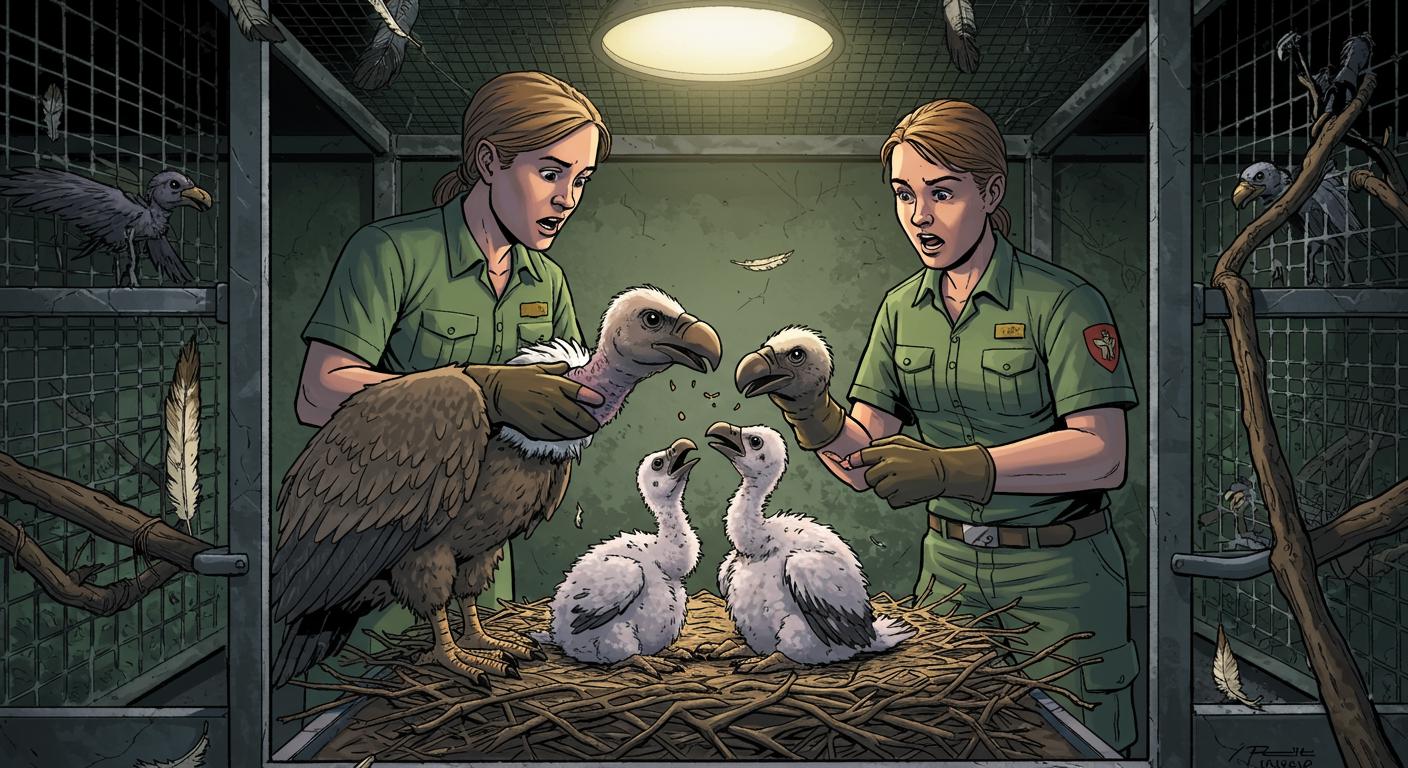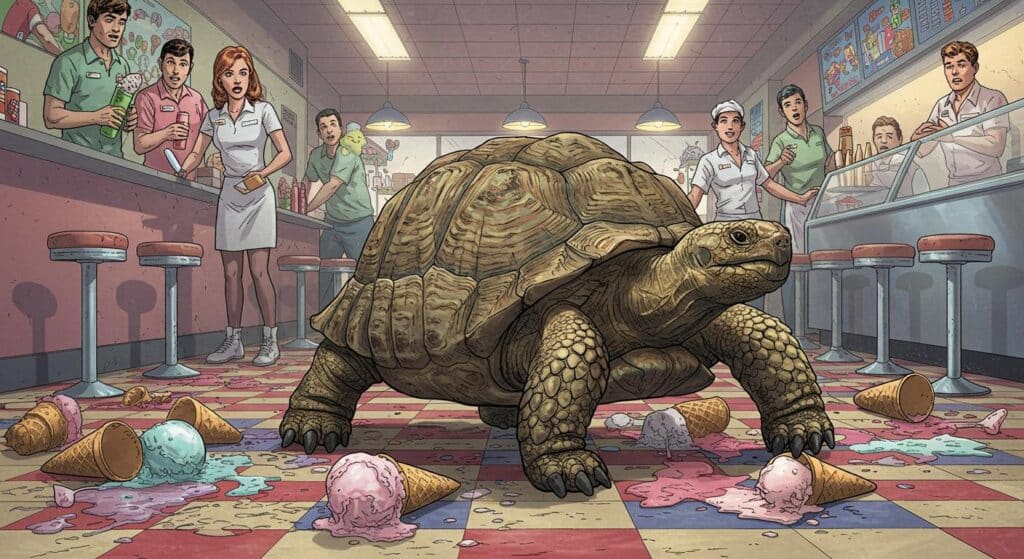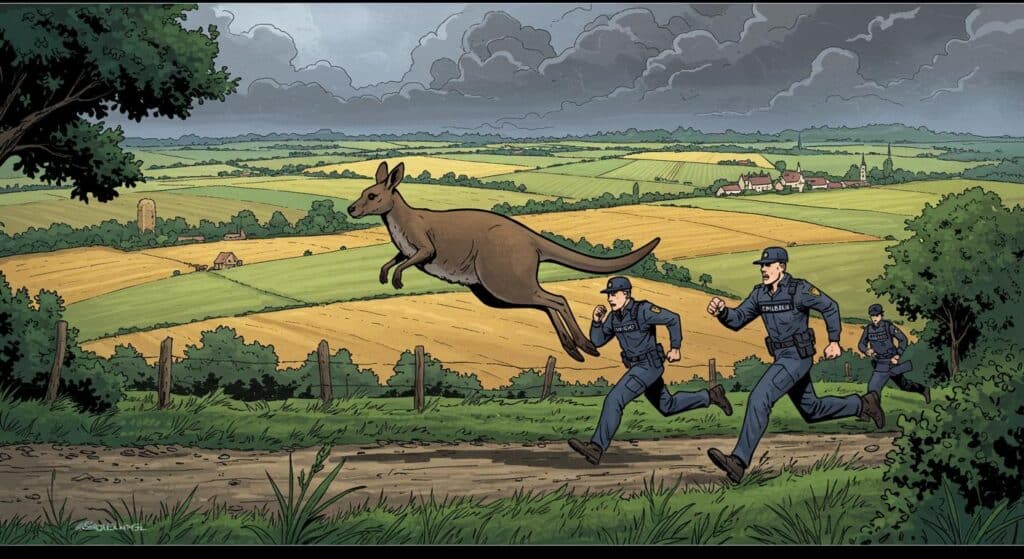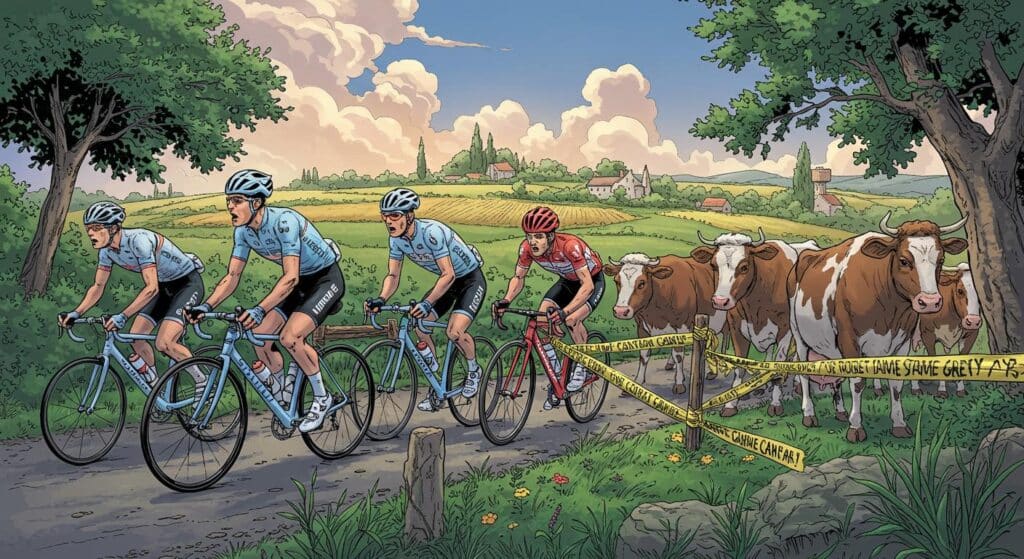It’s not every day that “vulture puppet” joins the wildlife conservation toolkit, but at Prague Zoo, the unusual sometimes borders on the theatrical. According to reporting from the Associated Press, keepers there recently found themselves starring in an impromptu puppet show—not for visitors, but for a pair of lesser yellow-headed vulture chicks whose parents decided to take an unscheduled parenting break.
When Avian Parenting Isn’t in the Cards
What tipped off the humans? As described by the AP, Antonín Vaidl, one of the zoo’s bird keepers, noted that a crucial dummy egg disappeared from the nest. Evidently, this is the sort of ornithological red flag that says, “We’re not interested in hatchlings this season.” This despite the same birds successfully rearing their young in 2022 and 2023. Are vultures entitled to a sabbatical? Apparently, yes.
Rather than let nature take a turn for the tragic, the keepers pulled a feathered solution from their bag of tricks: one three-week-old chick is now customarily fed in a box using a puppet built to mimic a parent bird. The design isn’t elaborate—Vaidl told the Associated Press the chick responds to specific cues like the pale orange featherless head and neck of the puppet, not to high realism. You get the sense that, for baby vultures, presentation matters less than punctual delivery of snacks.
Puppet-Feeding: Low-Tech, High-Stakes Conservation
So, why the puppet show at all? The explanation, as laid out in the AP’s coverage of Vaidl’s comments, is rooted in behavioral science. If the chick is hand-reared in close contact with people, it could become too acclimated to humans and never develop normal vulture social skills—including, crucially, breeding. The puppet, then, becomes a stand-in not just for parental affection but for the entire prospect of future vulture generations.
The method isn’t just a quirky one-off for Prague Zoo. Previously, keepers have used similar puppet strategies to help save the critically endangered Javan green magpie and raise rhinoceros hornbill chicks. In all these cases—birds that are typically reared in pairs—the “less is more” approach apparently works. As Vaidl put it for the AP, “The method has been working well. We’ll see what happens with the vultures.” There’s a certain humility, even uncertainty, woven into the optimism—science with a splash of suspense.
Conservation by Hand (Puppet)
For context, these lesser yellow-headed vultures are native not to Czech enclosures but to Latin America and Mexico. With Prague Zoo classed as one of only three European institutions breeding them, each chick gains disproportionate importance. When avian parents clock out, the onus falls on zookeepers to improvise—and occasionally embrace feathered arts and crafts.
There is something undeniably comic (and endearing) in picturing a seasoned zookeeper meticulously feeding a demanding chick through a homemade vulture puppet, all in the name of gene pool diversity. In a reminder touched on by the AP, the bond between birds and their faux-parents is measured not by the craftsmanship of the puppet, but by its fidelity to the biological checklist—an orange head, a beak at just the right angle, and the promise of meal after meal.
Do moments like this hint at the broader absurdity sometimes lurking behind even the most earnest scientific interventions? And what else could be saved if humans leaned a little further into creative mimicry? Perhaps future conservationists will trade in field guides for marionette strings.
A Wig, a Beak, and a Fighting Chance
All told, Prague’s experiment in avian puppeteering offers a small but sincere testament to creative conservation. No Broadway debut, but for a chick with its sights on adulthood, the show must go on. Hidden among the peculiarities—fuzzy heads, orange felt, and hand-fed dinners—is a gentle reminder: sometimes, preserving wildness means meeting it halfway, puppet in hand and expectations tailored to the enigmatic world of birds.







